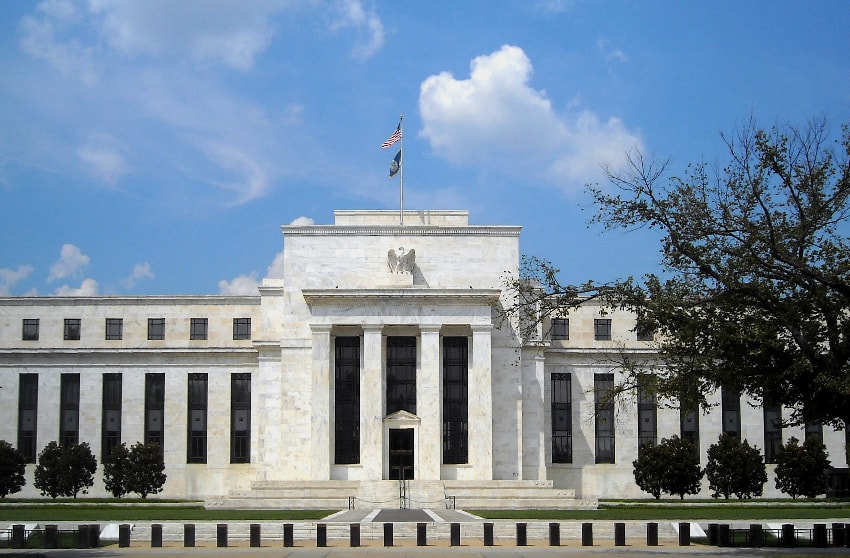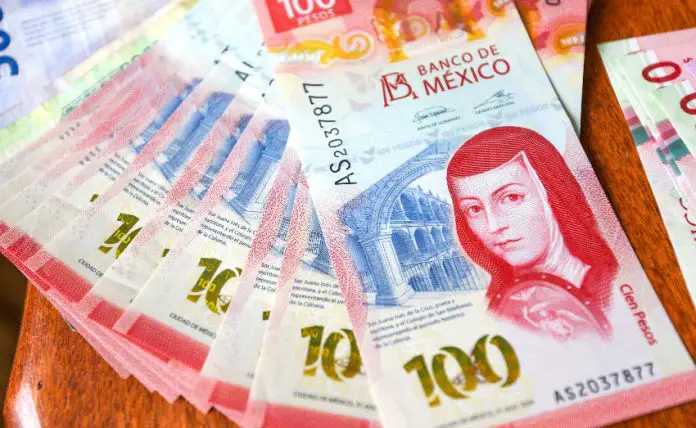The Mexican peso appreciated to its strongest position against the US dollar in more than a month on Tuesday morning, trading at just below 17 to the greenback before weakening slightly.
The USD:MXN exchange rate was 16.998 just before 8:30 a.m. Mexico City time, according to Bloomberg. That was the peso’s strongest position since Jan. 15.
At 10 a.m., the peso was trading at a slightly weaker 17.04 to the dollar, on par with its closing position on Monday.
The DXY index, which measures the value of the dollar against a basket of foreign currencies, was down 0.35% at 10 a.m.
The Monex financial group said that the peso got a boost on Tuesday morning as a result of a “weakened dollar” following a day of low trading volumes in the United States. Monday was a federal holiday in the U.S. for Presidents’ Day.
The publication on Wednesday of the United States Federal Reserve’s minutes from its monetary policy meeting in January could have an impact on the USD:MXN exchange rate as they could give some indication as to when the central bank is likely to make an initial cut to interest rates in the U.S.

Just over half of 104 economists polled by Reuters — 53 — predicted that a first cut to the current 5.25%-5.5% range will come in June, while 33 anticipated an initial cut in May. The other 18 predicted that the Fed will make a first cut sometime in the second half of 2024.
The Mexican peso benefited in 2023 from the vast difference between the Bank of Mexico’s benchmark interest rate — set at 11.25% since last March — and that of the Fed. An initial cut to the Bank of Mexico (Banxico) rate is seen as likely in the first half of the year, although inflation ticked up to almost 5% in January. Banxico will publish the minutes from its monetary policy meeting earlier this month on Thursday.
The peso had an impressive 2023, trading at just below 17 to the dollar at the end of December after beginning the year at around 19.5 to the greenback. The gain for the peso in percentage terms last year was around 13%.
In addition to the difference between interest rates in Mexico and the U.S., strong incoming flows of remittances and foreign investment also contributed to the peso’s positive performance last year.
So far in 2024, the USD:MXN exchange rate has fluctuated between a range of 16.8 and 17.4.
The consensus forecast of 33 banks, brokerages and research organizations consulted by Citibanamex in late 2023 was that the peso will weaken this year to trade at 18.65 to the dollar at the end of 2024.
With reports from El Economista and Expansión
